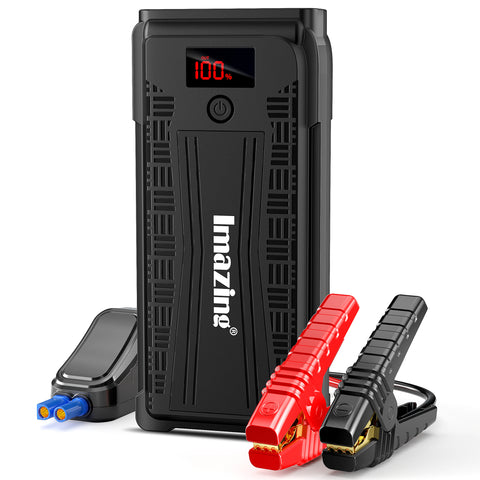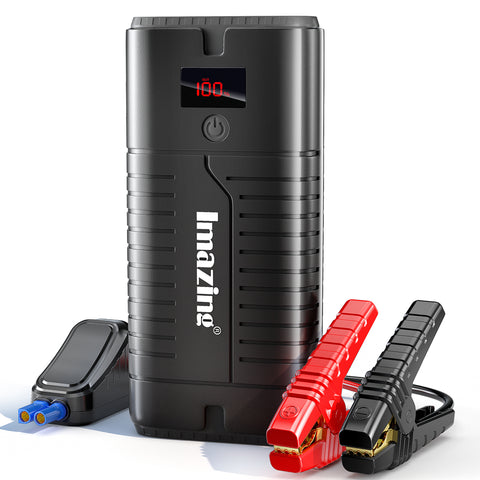What is a charge algorithm?
Generally, The battery charger controls the voltage that's applied to the battery, the quantity of charge current that's provided to or additional befittingly, created offered to the battery, and therefore the temporal order for these voltage and current amounts to co-exist. The charger makes an attempt to condition the battery to a helpful state, with comfortable charge to try and do helpful work on the next discharge. The ordered sequence of events that observed throughout that reconditioning, the parameters that are monitored, the choices that are created primarily based upon the values of the information describing those parameters, and therefore the show of indicator lights to assist the user perceive what progress is being created or what issues are occurring, all structure the ‘charge algorithm’.
An algorithm defines a series of steps or a procedure or an equation for determination a problem. currently that we've got survived deep into the age of digital technology, virtually each electrical appliance and device on this planet and on the far side is saturated with code. software is nothing quite an outsized assortment of individual algorithms.
Charging algorithms for lithium-ion batteries, that embrace constant current-constant voltage, variants of the, period constant current, pulse current and pulse voltage. The charging formula is well developed and wide adopted in charging lithium-ion batteries. it's used as a benchmark to check with different charging algorithms in terms of the charging time, the charging potency, the influences on battery life and different aspects, which might function a convenient reference for future add developing a charger for lithium-ion battery.
An algorithm defines a series of steps or a procedure or an equation for determination a problem. currently that we've got survived deep into the age of digital technology, virtually each electrical appliance and device on this planet and on the far side is saturated with code. software is nothing quite an outsized assortment of individual algorithms.
Charging algorithms for lithium-ion batteries, that embrace constant current-constant voltage, variants of the, period constant current, pulse current and pulse voltage. The charging formula is well developed and wide adopted in charging lithium-ion batteries. it's used as a benchmark to check with different charging algorithms in terms of the charging time, the charging potency, the influences on battery life and different aspects, which might function a convenient reference for future add developing a charger for lithium-ion battery.













